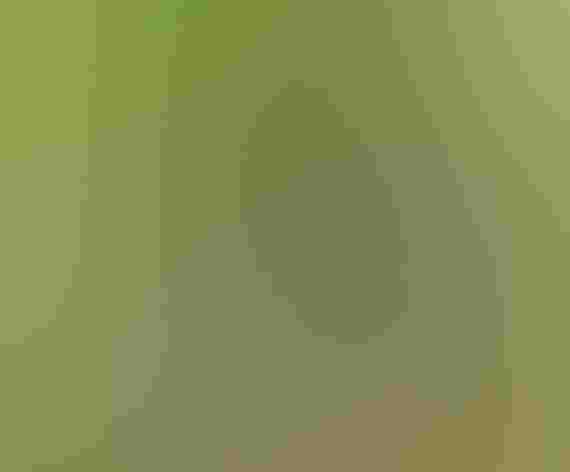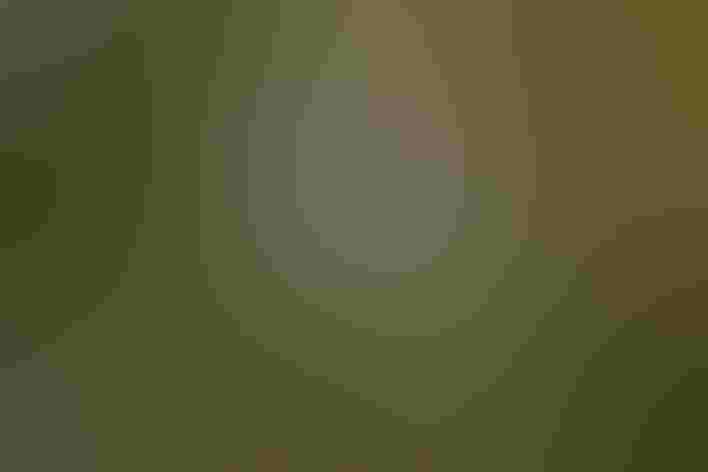Blue-gray Gnatcatcher
At a Glance
A tiny woodland bird with a long tail, usually seen flitting about in the treetops, giving a short whining call note. The Blue-gray Gnatcatcher often darts out in a brief, quick flight to snap up a tiny insect in mid-air. Widespread in summer, its breeding range is still expanding northward.
All bird guide text and rangemaps adapted from by Kenn Kaufman© 1996, used by permission of Houghton Mifflin Harcourt Publishing Company. All rights reserved.
Category
Old World Warblers and Gnatcatchers, Perching Birds
IUCN Status
Least Concern
Habitat
Arroyos and Canyons, Desert and Arid Habitats, Forests and Woodlands, Freshwater Wetlands, Shrublands, Savannas, and Thickets, Urban and Suburban Habitats
Region
California, Eastern Canada, Florida, Great Lakes, Mid Atlantic, New England, Northwest, Plains, Rocky Mountains, Southeast, Southwest, Texas
Behavior
Direct Flight, Flitter
Population
260.000.000
Range & Identification
Migration & Range Maps
Probably all in North America are migratory, with different individuals present in summer and winter. Some in Mexico and Bahamas may be permanent residents. Peak migration periods in many areas are April and September. May migrate by day.
Description
Both sexes — Length: 4–4.4 in (10–11 cm); wingspan: 6.3 in (16 cm); weight: 0.2–0.3 oz (5–8 g). The Blue-gray Gnatcatcher is blue-gray above, whitish below, with a white eye-ring. White outer tail feathers (tail looks all white from below). In spring and summer, male has thin black eyebrows.
Size
About the size of a Sparrow
Color
Black, Blue, Gray, White
Wing Shape
Rounded
Tail Shape
Long, Rounded
Songs and Calls
Song is a thin, musical warble. Call note a distinctive, whining pzzzz, with a nasal quality.
Call Pattern
Complex, Flat, Undulating
Call Type
Buzz, Chirp/Chip, Scream, Trill, Whistle
Habitat
Open woods, oaks, pines, thickets. The Blue-gray Gnatcatcher's breeding habitat varies with region. In the east, mostly in deciduous forest dominated by oak, ash, or maple, or in southern pine woods with an understory of oak. In the west, it is often found in more scrubby habitats, including pinyon-juniper woods, chaparral, streamside trees, and oak forests. Winters in wooded or brushy areas, often near water.
Sign up for Ě˝»¨ľ«Ńˇ's newsletter to learn more about birds like the Blue-gray Gnatcatcher
Behavior
Eggs
4-5, sometimes 3-6. Bluish white, dotted with reddish brown. Incubation is by both parents, 11-15 days, usually 13.
Young
Female broods young much of time at first, while male brings food; later, both feed nestlings. Young leave nest about 10-15 days after hatching. 1-2 broods per year.
Feeding Behavior
Forages actively in trees and shrubs. The Blue-gray Gnatchatcher searches for insects among leafy outer twigs of deciduous trees and on branches and trunk in pines. Takes most food while perched, also hovers to pick items from the surface, and often flies out to catch insects flushed from foliage. Large insects are beaten against a branch before being eaten.
Diet
Mostly insects. The Blue-gray Gnatcatcher feeds on a wide variety of small insects, including leafhoppers, treehoppers, plant bugs, leaf beetles, caterpillars, flies, small wasps, and many others. Also eats many spiders.
Nesting
The male Blue-gray Gnatcatcher arrives first in breeding areas and sings to defend territory and attract a mate. Courtship involves the male leading the female around to potential nest sites. The nest site is in a tree, usually a deciduous one. Nest is often saddled on top of a horizontal limb of a tree, less usually in the fork of a horizontal limb; height above ground is quite variable, 2-80 ft up, but 20-40 ft may be typical. Nest (built by both sexes) is a compact open cup of grass, weeds, plant fibers, strips of bark, lined with plant down, animal hair, and feathers. The outside of the nest is coated with spiderwebs and adorned with pieces of lichen, making it well camouflaged.
Conservation
Conservation Status
The Blue-gray Gnatcatcher has expanded its breeding range across much of the northeast during the 20th century, and expansion may continue. The current population is probably stable or increasing.
Climate Threats Facing the Blue-gray Gnatcatcher
Choose a temperature scenario below to see which threats will affect this species as warming increases. The same climate change-driven threats that put birds at risk will affect other wildlife and people, too.









